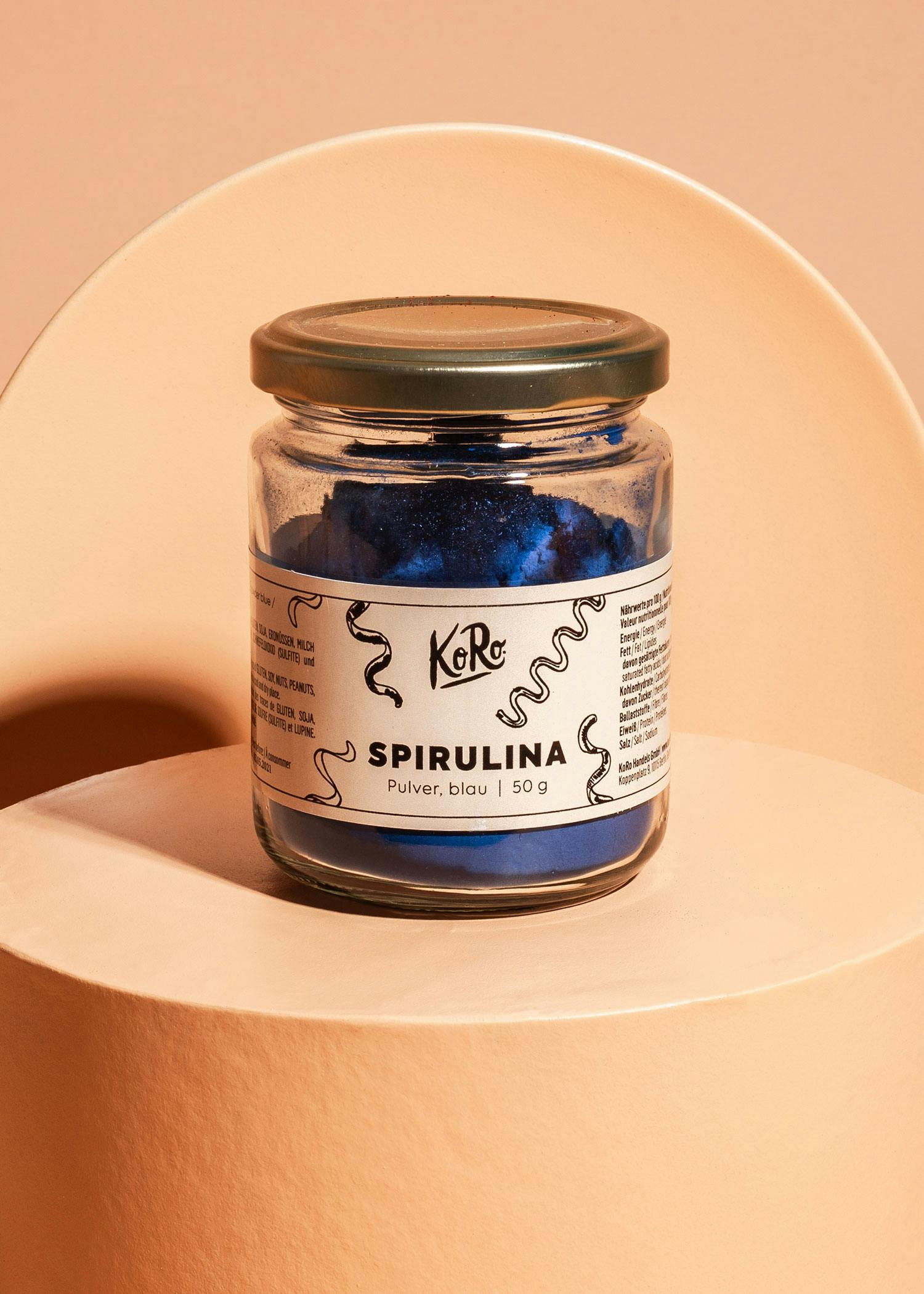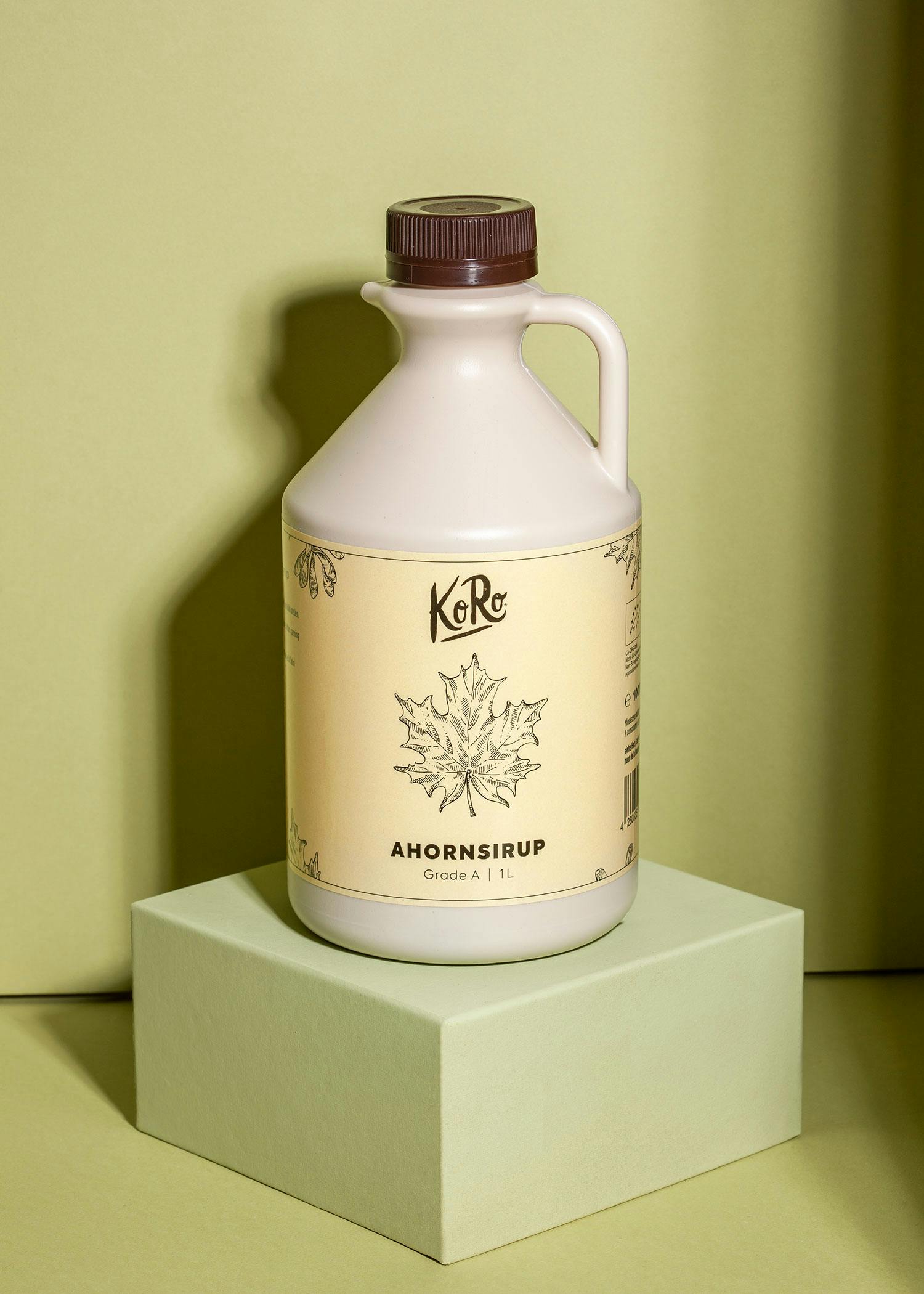First of all: not all rice works for sushi. Rice with a high starch content in particular makes it sticky and your sushi rolls won't fall apart easily.
What is sushi?
In Japan, sushi is cold and soured rice that is usually filled or topped with fish. The rice morsels can also contain vegetables, egg or seaweed. There are now also many sushi dishes with meat. Not only can the ingredients be varied - the form of the cold main course is also different. The best known are the rice rolls (maki) and the filled rice balls (nigiri). In this article, we will focus mainly on maki sushi.
What do you need?
Before you start, we recommend a visit to the Asian store. You should buy the most important basic ingredients for a sushi evening in advance. In addition to the following list, this also includes a sushi rolling mat and chopsticks. Of course, you can also eat your sushi with a fork or your hands if you are not experienced with chopsticks.
Sushi rice
Rice is THE main ingredient of sushi, so to speak. It is best to use special sushi rice. As it is very sticky, you can shape it easily. Alternatively, you can also use some types of round grain rice such as nishiki or kome.
Rice vinegar
Rice vinegar is used as a seasoning for the rice. This is mixed with a little sugar and salt before being stirred into the rice. (Approx. 100 ml rice vinegar, 2 tbsp sugar and a little salt for 500 g of susi rice).If you forgot the rice vinegar when you went shopping, you can also make a substitute using a mixture of white vinegar and soy sauce. You can also use a combination of apple cider vinegar and white wine or dilute white balsamic vinegar with a little water.
Nori leaves
The green layer that covers the rice in the maki is algae or seaweed. They are dried and pressed into thin sheets.
Wasabi
Wasabi is a must on the table! The spicy green paste is spread on the sushi bites before eating. You can buy wasabi as a ready-made paste or as a powder. With the powdered version, you only need to stir in a little water to give it the typical creamy consistency.
Gari
Gari is pickled ginger. It tastes sweet and sour and is used to neutralize between the different rice bites.
Soy sauce
Like wasabi, soy sauce is intended as an additional seasoning. It is placed in a small bowl in which the sushi bites are dipped before eating.
Sesame seeds
You can roast the sesame seeds for your sushi yourself or buy them already roasted. It is not a must in every sushi recipe, but it tastes great in a maki roll.
Filling of your choice
Fish sushi is particularly popular. Salmon, prawns, tuna, eel, squid, mackerel, crab meat, caviar, mussels and crab are mainly used here. Freshness is particularly important! This is because fish in sushi is usually raw. It is best to order the fish from the fishmonger in advance, stating that it will be used for sushi. You should also process it on the same day and take care not to break the cold chain. If raw fish is not your thing, you can also use smoked fish. Meat lovers can also use meat such as chicken, beef or pork instead of fish. To make your sushi taste as varied as possible, you can add vegetables in addition to fish or meat. Carrots, (shiitake) mushrooms, avocado, cucumber, radish or pumpkin are particularly popular. Tofu or omelette can also be used in your sushi roll.By the way: If you use half a nori sheet and only cover it with one ingredient in addition to the rice, this is called hoso-maki. Thick rolls with a whole sheet of seaweed and several ingredients are called futo-maki. There are also many other sushi shapes - in our sushi instructions, we only focus on hoso and futo maki:
Making your own maki roll
Before you start: Don't despair if your first attempts at sushi don't turn out the way you imagined. Sushi chefs in Japan undergo almost ten years of training! But you too can shape your rolls with these steps. It gets a little better every time.
Step 1: Cook and cool the rice
500 g of rice is roughly enough for 4 people. You should cook it well in advance, as the rice can only be processed into sushi when it is cold. First cook the sushi rice according to the instructions and then leave it to cool completely. This is a little quicker if you spread it out on a cold baking tray. The rice must then be mixed with the rice vinegar or the substitute mixture. It is best to use your hands for this.
Step 2: Cover the nori sheet
Now place a whole or half nori sheet on the bamboo mat. The smooth side should be facing down. Place the nori sheet on the mat so that it is closer to you and you have some space to the edge. You can cover about half of the nori sheet with rice - don't use too much so that it is easier to roll. You can add a little wasabi to the rice if you like. You can now place your ingredients on top. Again, less is more!
Step 3: Roll the nori sheet
Before you roll up the green sheet completely, we recommend moistening the end with a little water. This will help you to seal the sushi roll better. Start on the side with the ingredients and roll the sheet to the end, pressing it down lightly.
Step 4: Cut the roll
Before cutting the roll, make sure you have a sharp knife in the house. Depending on how big you want your sushi bites to be, you can cut the roll into small pieces. Your maki are ready! A little tip: if you keep the knife moist with a little water, it will glide through the roll more easily.
Three ideas for more zest
In the world of sushi, there are an incredible number of different recipes and combination options. But if you've had enough of the basic maki roll, you can easily and wonderfully tune it up.
Fruity sushi
In keeping with summer, you can also incorporate fruit into your rolls. Papaya, mango or pineapple, for example, are suitable for this. They also go well with savory components and give the rice bites a sweet and sour touch.
Colorful sushi
You can add a splash of color to your sushi. The easiest way to do this is to color the rice. It looks particularly cool if you use beet powder, blue spirulina powder or yellow turmeric powder.
Sweet sushi
Instead of savory sushi, you can also try a sweet version. Replace the rice vinegar mixture with coconut milk and coconut blossom sugar and simply leave out the nori sheet when rolling. Instead, we recommend placing cling film on the bamboo mat to make it easier for you to roll without the nori sheet. You can top the sweet rice with the fruit of your choice. (Roasted) coconut chips or nuts go particularly well with this. For a chocolate craving, you could mix cocoa powder or cocoa nibs into the rice.Instead of soy sauce, you could put a small bowl of maple syrup on the table and nut butter of your choice instead of wasabi. Definitely something new!











